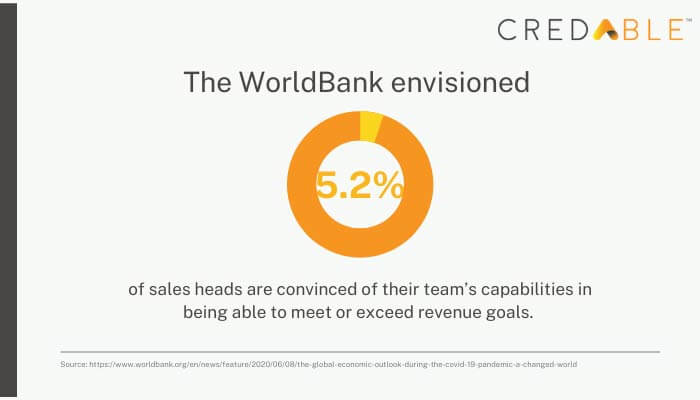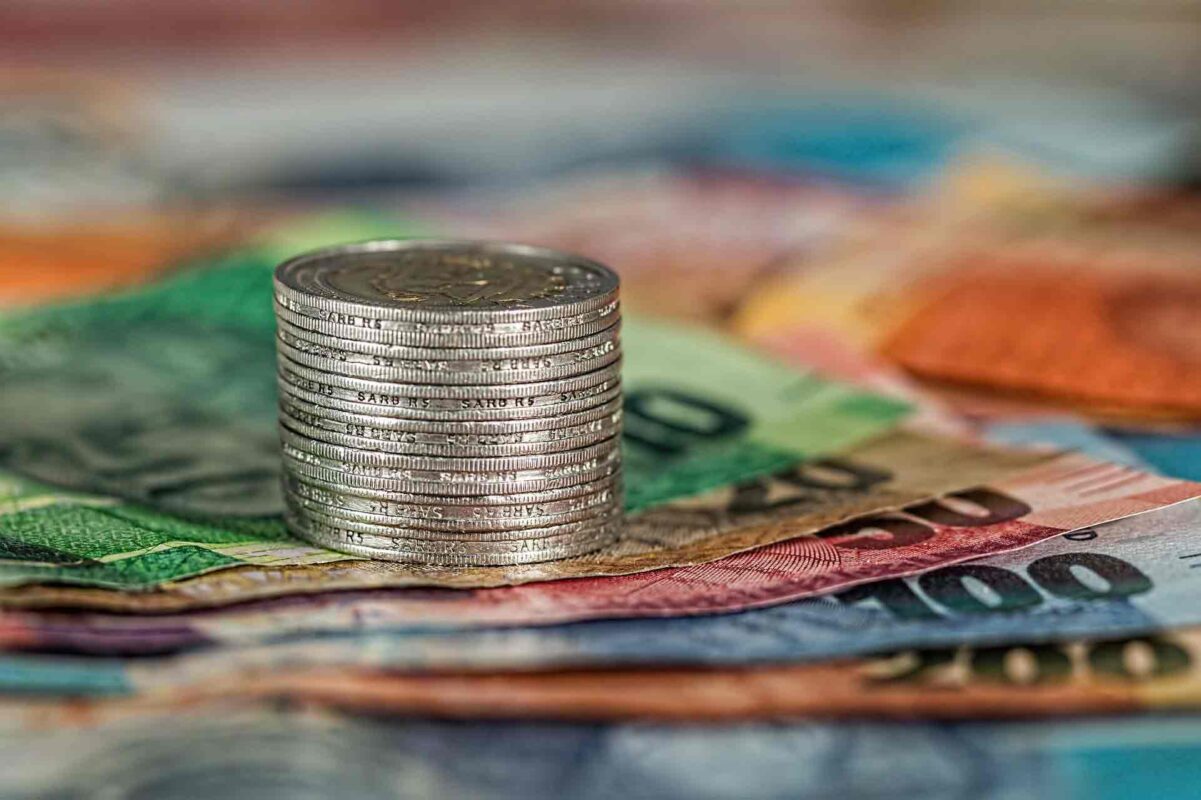Economics of A Dystopian World Where Working Capital Doesn’t Exist
Who runs the world?
Well, capitalists…
How, you ask?
The way we see it, working capital is crucial to any business. So much so that working capital determines if the day-to-day running of an organization will be to gain any profits or survive the plummeting stocks. More or less, the whole world runs by the tight norms of the working capital. According to Greensill research, the working capital finance market is huge — and is valued at $56.3 trillion. From a series of innovations to revolutionizing the internet with Web 3.0, working capital is the ultimate king, that has the power to change the world with every passing second.

Setting the context
We all have seen the role of working capital in our day-to-day lives. But, let’s put things into perspective with numbers and see how exactly working capital plays a crucial role.

But, will the globe undergo any change if there’s no working capital?
As much as this question is bothersome, it’s a question that probably gives all of us a reality check. It raises questions on the world’s future, innovation, development, and more so on where we’re headed as a society!
Having said that, it only makes sense to take a step back and acknowledge the significance of “working capital: on our society and how it sets the platform to build next-generation innovation capabilities!
Past, Present, and Future
The past, present, and future of the world are built and re-built at every moment. Every single innovation, from political decisions to discovery has the power to change world history. From the discovery of the wonder drug Penicillin to landing on the moon and the discovery of the World Wide Web, we’ve witnessed a fair share of innovations that continues to dominate the world industry. However, there have been halts that have stalled the steady progress. One of them in the recent past, at present and one that will probably continue to rule the future is; the COVID-19 pandemic.

The pandemic literally walked up to the world as an uninvited destructor and brought the whole world to a stand-still. Besides, the pandemic brought the world economy and progress to its knees. The WorldBank envisioned a 5.2 percent decrease in global GDP in 2020—the biggest global recession that came about in decades after 2008. Around 81 million people lost their jobs in the Asia-Pacific region alone during the Pandemic. More than that it also imposed tight restrictions on any form of outdoor activities with the world quickly drifting to a state of dystopia, which looked much like a scene from the De Chirico painting—empty roads, closed malls, and parks (you get the gist, right?).
A Bright World or A Dystopian World?
Be it the world of Big Brother in George Orwell’s 1984, or the World of Margaret Atwood’s The Handmaid’s Tale, these stories were set in a dystopian world. While these worlds were set in imagination, we didn’t have to wait to witness certain elements of it panning out in the real world. Right from the first quarter of 2020, the Globe found itself in a pickle. Organizations closing their office doors, workforce moving indoors, and manufacturing taking a huge blow, not to mention the dipping economy and massive losses—have all added massively to the woes.
But, isn’t there a bright world to imagine? Well, there’s a plethora of innovations and progress from the past that have resulted in some tremendous results. However, if we go back to the past, discoveries in science and technology have definitely helped to edge out and build a better future. Right, in the 19th century, the world was gifted one of its best inventions—electricity. From running the industrial machinery to running the recent environment-friendly Electric Vehicles, electricity is probably one of the biggest gifts of working capital.
For that matter, we can also take into account the space development that NASA, ISRO, and other space institutions have made to figure out outer space. Even iconic initiatives like landing on the moon are the result of solid working capital. NASA spent a whopping $28 Billion dollars which stand estimated to be at $288.1 billion in inflation-adjusted dollars. Not to forget, the recent space tourism initiatives from the likes of Elon Musk, Jeff Bezos, and the company are just a few of the greatest examples of where we are with working capital today. By the looks of it, space is also leapfrogging through its innovation, and we will soon be looking at space tourism in the immediate future.
Here’s our analysis of Space Economics.
In the end, these are just a few examples of what working capital is capable of doing but there’s much more to the story.
Working Capital or Capital to Work?
If we start to look closely at all the world events and measure them— the availability of capital to continue churning out makes the world a place to be and work in. From the constant rise of new ideas and avenues like Cryptocurrency taking over the world to even the building of the most important monuments of the world, working capital results in more systematic development. While such masterful initiatives have led to the success, few other battles have resulted in tactical losses for the world too.
World War I and II were just the biggest examples of the chaos that politics can create with humongous working capital available to fight. A whopping amount of $186 billion in direct costs and another $151 billion in indirect costs is the total cost of World War I. From the use of ammunition, high-grade military equipment to indulging in decade-long wars, it has only resulted in huge losses that plunged the world into absolute disarray. While these two wars witness countries aligning with each other and fighting tactically on land, air, and water, few other military wars have also rocked the world. In India’s perspective, we were involved in the Kargil War with Pakistan, which had an impact on our economy that also brought down our GDP.
The next in line innovation that’s been feared by experts and citizens alike, AI and automation. Fear has gripped the world against automation, as most fear losing their jobs to it. Certainly, AI is taking over the manual workforce, but there’s more to it too. While Industrialization was meant to bring down the manual toil and speed up manufacturing, Web 3.0 is bringing a revolution that is more likely to add jobs for the high-skilled workers and trade the mundane jobs to machines. Automation allows the globe to harness the future that values deep learning. Besides, the added advantage of the rising gig-economy, easy digital access, and micro-credentials is the new future in line.
Is it Important?
Yes and yes! The World can’t run without a steady flow of working capital. The innovations of the world are probably the result of human beings as a society striving to achieve more. From the invention of the wheel, airplanes to the internet, innovations powered by working capital have had a significant impact on the world economy. Even when the world economy was plummeting due to the pandemic, innovations continued to dominate. The rise of digital media and Social Networking Sites have also led to the innovation taking a new turn in the form of NFTs, and cryptocurrencies.
The working capital has also resulted in the development of Science and Technology. From new engineering developments coming to the rescue of humans to the humongous task of manufacturing the Covid-19 vaccine quickly, the world has come a long way. Although hiccups and pitfalls are sure to come in the way, working capital has helped to run it smoothly until now.
In the End,
While working capital is a boon, it can be woe too. Also, let’s not forget that a world without working capital is more likely to be one that’s lacking the dedication and motivation needed to make the world work better. Simply put, working capital works as the glue that binds the world together and also acts as the wheel that runs to generate revenues to help us achieve more and make better decisions!
Think Working Capital, Think CredAble!
